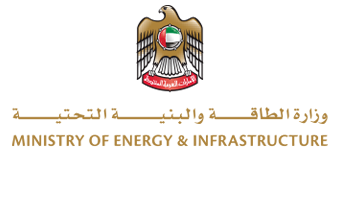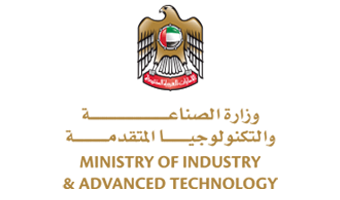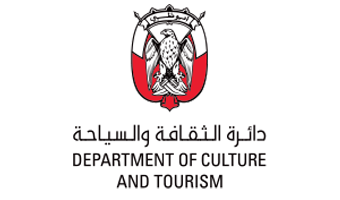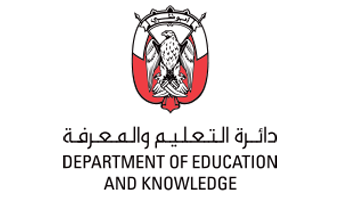Undeniably, the Green Deal has reshaped Europe’s economy. The EU leads the global fight against climate change, is on track for climate neutrality by 2050, and now aims to go even further with an ambitious 90% interim target for 2040 underway. That push has mobilised vast investment in renewables and a cultural shift toward sustainability, positioning Europe as a climate pioneer.
 But let’s be honest: our climate policy has also been too unilateral. Climate change friendly rules can frequently be over-prescriptive, with too few reality checks on industrial competitiveness or geopolitical risk. While global competitors drag their feet, Europe can progressively lose its competitive advantage if it keeps tightening its restrictions and standards.
But let’s be honest: our climate policy has also been too unilateral. Climate change friendly rules can frequently be over-prescriptive, with too few reality checks on industrial competitiveness or geopolitical risk. While global competitors drag their feet, Europe can progressively lose its competitive advantage if it keeps tightening its restrictions and standards.
Europe’s sustainable energy transition demands up to €1 trillion in additional annual investment through 2030, just as member states’ budgets are under strain. Much of that cost lands on industry that is already burdened by higher energy prices. The Draghi Report on EU Competitiveness makes it plain: industrial electricity prices in Europe are two to three times higher than in the US and China, driven by energy market design, taxes, and carbon pricing. Rising electricity prices were passed on to consumers, with the average EU household price rising about 16% between 2020 and 2023, which may be pushed even higher by the carbon border adjustment mechanism (CBAM) .
Unfortunately, Europe risks becoming less competitive and more expensive and could remain at a disadvantage for years.
There will be no green power without smart power
These structural risks prompted 73 European business leaders backed by 1,300 organisations to issue the Antwerp Declaration in 2024, calling for a Green Industrial Deal. Their message was clear: ambition must be paired with industrial strength. What’s the point of being the greenest if we become the weakest economically?
Thankfully, these key themes have found their way into Ursula von der Leyen’s State of the Union address. However Europe’s green ambition alone cannot translate into widespread geopolitical influence and has at least in the short term weakened its competitiveness in sectors such as automotive, steel, cement, or heavy manufacturing.
Europe cannot simply rely on using its soft power, it must become a “smart power” and blend its climate leadership into forms of power that will strengthen our industrial competitiveness, energy security, economic resilience, and particularly our technological leadership.
Encouragingly, the Commission has begun to pivot toward increasing its tangible economic strength. Now it needs to move further, faster – and smarter.
Strategic technologies: our bridge to smart power
From my time as Director-General for Energy and for Competition, one conclusion stands out: innovation is Europe’s missing piece of power. Technology can take us from soft to smart.
Artificial intelligence (AI), digitalisation, advanced energy management, and system integration can deliver step-changes in efficiency, optimise grids, and balance supply and demand across borders. AI can forecast demand, speed renewable deployment, and enable predictive maintenance and autonomous control. Put simply, AI now sits at the heart of Europe’s industrial competitiveness and energy security. But we must use it wisely. Data centres already consume roughly 3% of EU electricity, and present demand levels could triple within 5–7 years. That demand will require clean and reliable energy.
The AI–energy convergence is already reshaping markets outside Europe. In July 2025, the U.S. administration unveiled a sweeping $70–100 billion AI-and-energy initiative, effectively taking the lead of the AI-energy agenda. Similarly, the 2025 edition of ADIPEC, the world’s largest energy conference and exhibition, taking place in November in Abu Dhabi, has given AI a central role this year, convening more than 200,000 energy professionals and decision-makers to explore intelligent solutions to enhance energy sector resilience. If Europe chooses not to lead this trend, it will have to follow – again.
To rise to this moment, the EU needs clear, targeted, tech-driven policies: align energy and digital strategies around AI-energy convergence; back a balanced energy mix – renewables, nuclear, and flexible gas; and provide time-bound relief for energy-intensive industries linked to efficiency and abatement milestones.
Europe’s smart power is the precondition for its green power, and no half-measures will do it: we must prioritise bold technological investment and adopt sharper, targeted policies that give both intelligence and real bite to our green ambitions.
Sir Philip Lowe is former Director-General for Competition and for Energy at the European Commission
Source: Eureporter
















